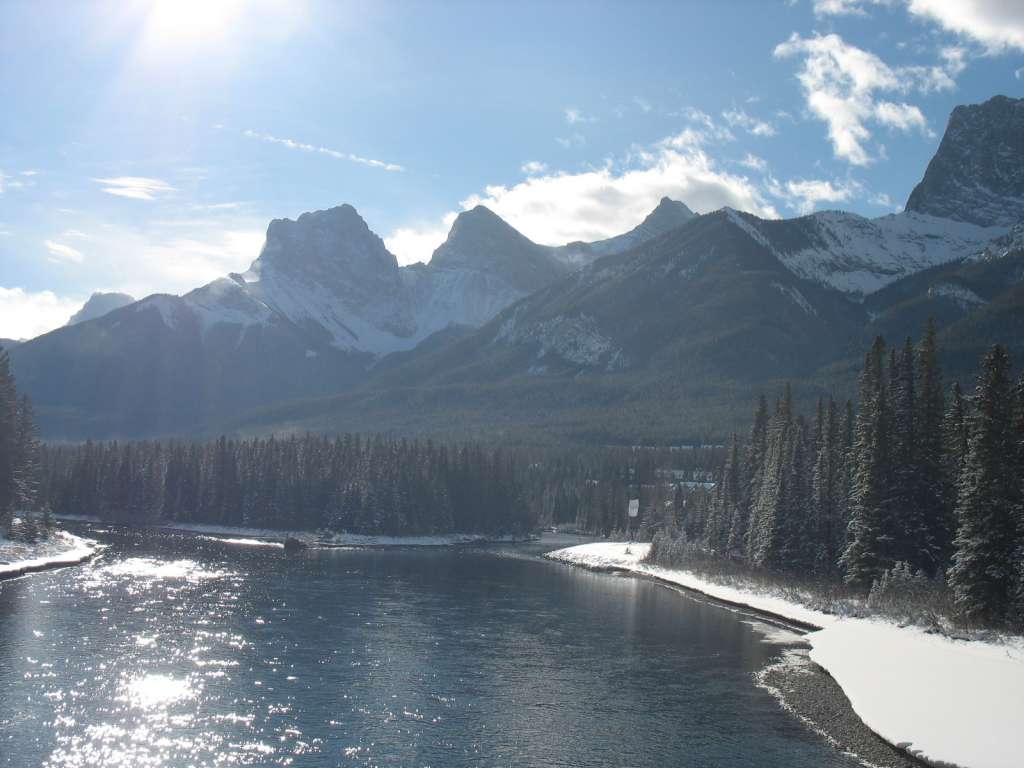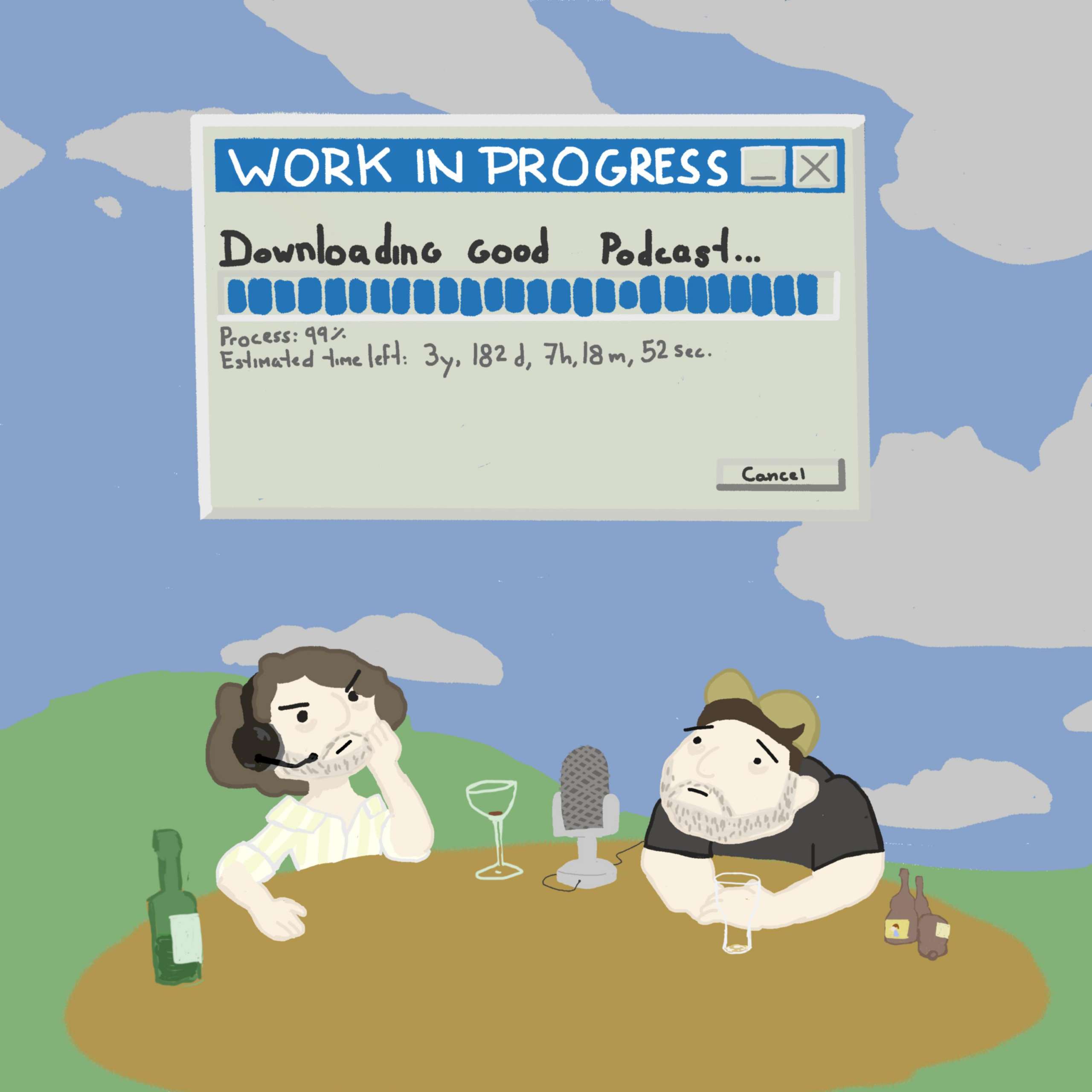‘These would be a lot easier to identify with leaves‘. Standing amongst a thicket of white-frosted shrubs and broken twigs, minus temperatures, up to my hiking boot ankles in snow with a steady wind freezing my hands alongside two other chilled Albertans. ‘But I’m told by the expert shrubwatcher that you can do it‘ our volunteer guide added enthusiastically as she pulled off her mittens and twirled a twig that looked naked to any identifying features to my as yet untrained eye. This was my introduction to shrubwatching in the middle of a Canadian winter.

Allan and Redden in their compact and informative article, ‘Making citizen science newsworthy in the era of big data’ , look at the positives of the burgeoning occupation of Citizen Scientist and collection of Big Data; how this kind of science is presented by science journalists; and issues surrounding the perception of data quality. The authors begin historically on Christmas Day 1900 with the birth of the Christmas Bird Count in Northeast US that has now grown in popularity so that from mid-December 2015 to early January 2016 the count resulted in around 76,669 observers tallying almost 59 million birds and 2,607 species. The main benefit it seems that these are live birds counted, and are not dead birds collected. Originally, ‘Frank M. Chapman, the editor of Bird-Lore magazine, announced this census as an alternative to Christmas Day ‘side-hunts’, where ‘sportsmen’ went on the ‘cheerful mission of killing practically everything in fur or feathers that crossed their path’ to win ‘the laurels of the chase’ (2).
There are issues and perceptions surrounding the quality of scientific data collected by ‘amateurs’. These people don’t have PhD’s so is the data good enough? How much will big business use and freely profit from data collected by ordinary citizens? Allan and Redden argue that science journalists need to understand how big data is collected, and present this data without unconsciously stigmatizing knowledge collected by ‘amateurs’ rather than ‘professionals’. The article gives examples where big data collected by volunteers has appeared in mainstream newspapers. For example, astronomers needing help to find ‘new planets’; improving health by producing a ‘worldwide mosquito distribution map using cellphones’; and I would think useful in looking at effects of climate change are ‘mapping shoreline changes with simple scientific tools’, and ‘recording numbers of British butterflies’ that have shown an unusual drop in numbers.
There are benefits to encouraging Citizen Science. It is after all a democratizing of knowledge. Science is for everyone, not just those in academia. It also gets people out into the natural environment, paying attention to their world. Volunteers can be well trained and educated on measuring useful and accurate data. Volunteers can be supervised and provided with good tools to do a good job.
I did get better at the shrubwatch (and even went on to elk poop counting at beautiful Ya Ha Tinda), going back out into the field after spring and throughout the summer. Once species of shrub was identified, we looked to see if there was any browsing, that is, had the young shoots of buffalo berry, wolf willow, aspen saplings, etc., been nibbled off by deer. With highly browsed shrubs, small-bird populations plummet. Using collected data from dozens of volunteers, over a few years, park management could take measures to reduce the deer population (i.e., cull the deer; and protect predators like wolves, wolverines, and bears) so that shrubs could recover to what they should be without being browsed by growing numbers of deer.
Last thought: On Monday 8 Oct 2018 the IPCC released a ’ Special Report on Global Warming of 1.5 degrees Celsius’. A dire warning that we have twelve years to take action on climate change – or else! Monday’s main news bulletins on the BBC, German, Dutch and Belgian TV stations all prioritized the IPCC‘s report. But by Sunday, as a guest newspaper reviewer on BBC1’s ‘The Andrew Marr Show ‘ (14 Oct) pointed out, on the first Sunday after the release of the IPCC report, only one British Sunday newspaper printed an article responding to this monumentally relevant report (‘Strictly’, Royal Wedding, and Brexit dominated).
Citizen Science and big data is one way to involve the general public in measuring local climate change effects. Perhaps these kinds of stories will legitimately reach the front pages of newspapers. Citizen Science just might motivate significant numbers of people to pay attention to real data, and change our unsustainable habits.
References
Allan, S. and Redden, J. (2017). ‘Making citizen science newsworthy in the era of big data’. JCOM 16 (02), C05.
Intergovernmental Panel on Climate Change: http://www.ipcc.ch



Recent Comments